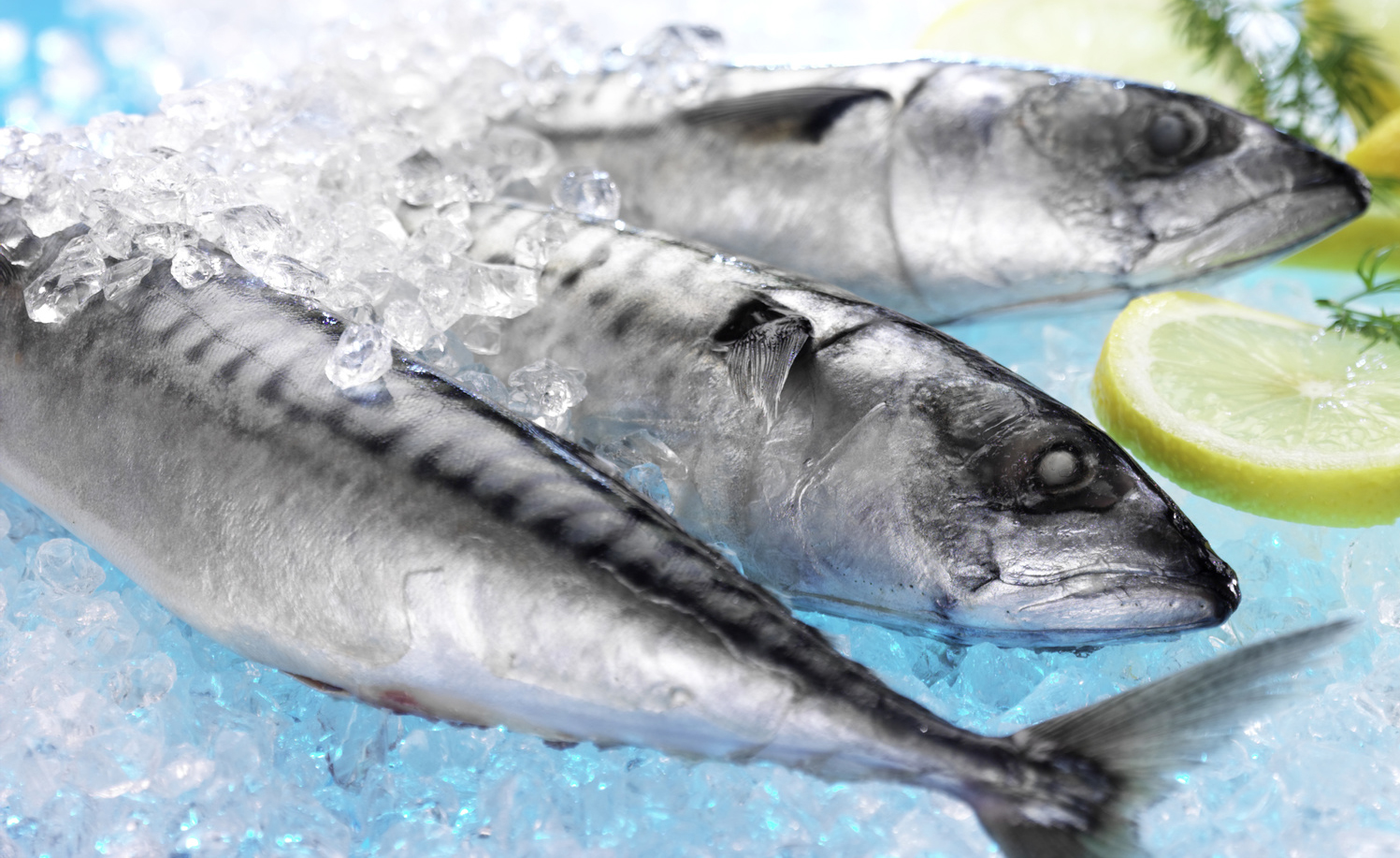Atlantic mackerel prices remain high

The report analyses the market situation during the first quarter 2017
On the mackerel market, prices for Atlantic mackerel are high, so African buyers are turning to the cheaper Pacific mackerel.
Australia has raised its TAC for slimy mackerel by a stunning 450 percent, from 2 600 tonnes to 12 100 tonnes.
Iceland has also increased its mackerel quota for 2017, from 147 800 tonnes in 2016 to 168 400 tonnes this year, a 14 percent increase. Iceland sets its own mackerel quota independently of other countries in the region, and has in the past suffered a great deal of criticism for increasing its quotas. The EU quota for mackerel was earlier increased by 17.6 percent for 2017, to 505 500 tonnes (source: IntraFish).
Nigeria is an interesting market for mackerel, but it is a difficult market in that import restrictions and regulations are often changed at short notice. Observers in the United Kingdom expect Nigerian import quotas to remain strict in 2017 and 2018. It is commonly thought that Nigeria is using import restrictions to balance the trade deficits caused by the low crude oil prices. Thus, there has been a shortfall of hard currency to pay for other imports in Nigeria, and this affects imports of mackerel, despite Nigeria's on imports of food to satisfy demand (source: Undercurrent News).
Atlantic mackerel is being replaced by Pacific mackerel in some African markets. The reason is simply that the European mackerel is too expensive. In 2016, the average Norwegian whole frozen mackerel price was US$1 500 per tonne, up from US$1 300 per tonne in 2015. Buyers said that if prices did not come down, they would look elsewhere for supplies. And they have. There has been a marked increase in imports of the cheaper Pacific mackerel from Japan to African markets. This has put some pressure on Atlantic mackerel prices, especially for smaller sizes.
The recent normalization of diplomatic relations between Norway and China has already shown an effect on the seafood trade between Norway and China. During the first five months of 2017, Norwegian exports of frozen mackerel to China more than doubled, from 8 400 tonnes in 2016 to 19 3000 tonnes. Prices have also been good. It appears that some of these volumes have been sent to China at the cost of trade with other Asian countries. Norwegian mackerel exports to Japan were down by 41.6 percent during the first five months, and exports to the Republic of Korea were also down by 41.6 percent. It is well known that China imports round fish for processing and re-export, primarily to Japan and the Republic of Korea, and it is therefore natural to assume that this partly explains the increase in mackerel exports to China and the decline in shipments to Japan and Republic of Korea(source: Undercurrent News).
Lower domestic catches of mackerel in the Republic of Korea have necessitated increased imports, which are increasingly dominated by Norway. Even so, during the first five months of the year, Republic of Korea imported 41 percent less round frozen mackerel from Norway than during the same period in 2016. According to Korea Bizwire, almost 90 percent of all imported mackerel in Republic of Korea come from Norway. During the first two months of 2017, domestic landings of mackerel in Republic of Korea amounted to just 11 700 tonnes, down 33 percent compared to the same period last year. Over the past two decades, Republic of Korea's landings of mackerel dropped from 410 000 tonnes in 1996 to 133 000 tonnes in 2016 (Korea Bizwire).
Norway's exports of frozen whole mackerel declined by 7.3 percent by volume during the first five months of the year, but the value of this stayed the same, at NOK 1.007 billion (US$118 million). Exports to Nigeria dropped from 12 000 tonnes in 2016 to just 1750 tonnes in 2017, while exports to China, as mentioned, increased by a healthy 131 percent, to 19 300 tonnes.
Trade
The Faroe Islands are not banned by the Russian embargo, and the island country has increased its exports of pelagics to the Russian Federation since 2013. Exports of mackerel from the Faroes to Russian Federation increased by 215 percent in the period from 2013 to 2016, for example. However, Russian Federation is not paying top dollar for Faroese fish. Russian import prices for mackerel are still lower than EU mackerel import prices. Russian mackerel imports dropped from 2013 to 2015, but picked up again in 2016, due to imports from the Faroes.
Russian imports of frozen mackerel dropped markedly as a result of the embargo in 2013 and reached a low level in 2015. But now, imports are growing strongly again. During the first quarter of 2017, Russian imports of frozen mackerel rose from 17 000 tonnes in 2016 to 28 600 tonnes in 2017 (+68 percent). Faroe Islands accounted for as much as 87 percent of the total during this period, with China and Belarus supplying smaller amounts.
China’s exports of whole frozen mackerel are increasing. During the first three months of 2017, exports greatly increased by 110 percent, to 105 400 tonnes. The main markets for this product are Indonesia (27 percent of the total), Philippines (23 percent of the total) and Thailand (10 percent of the total).

